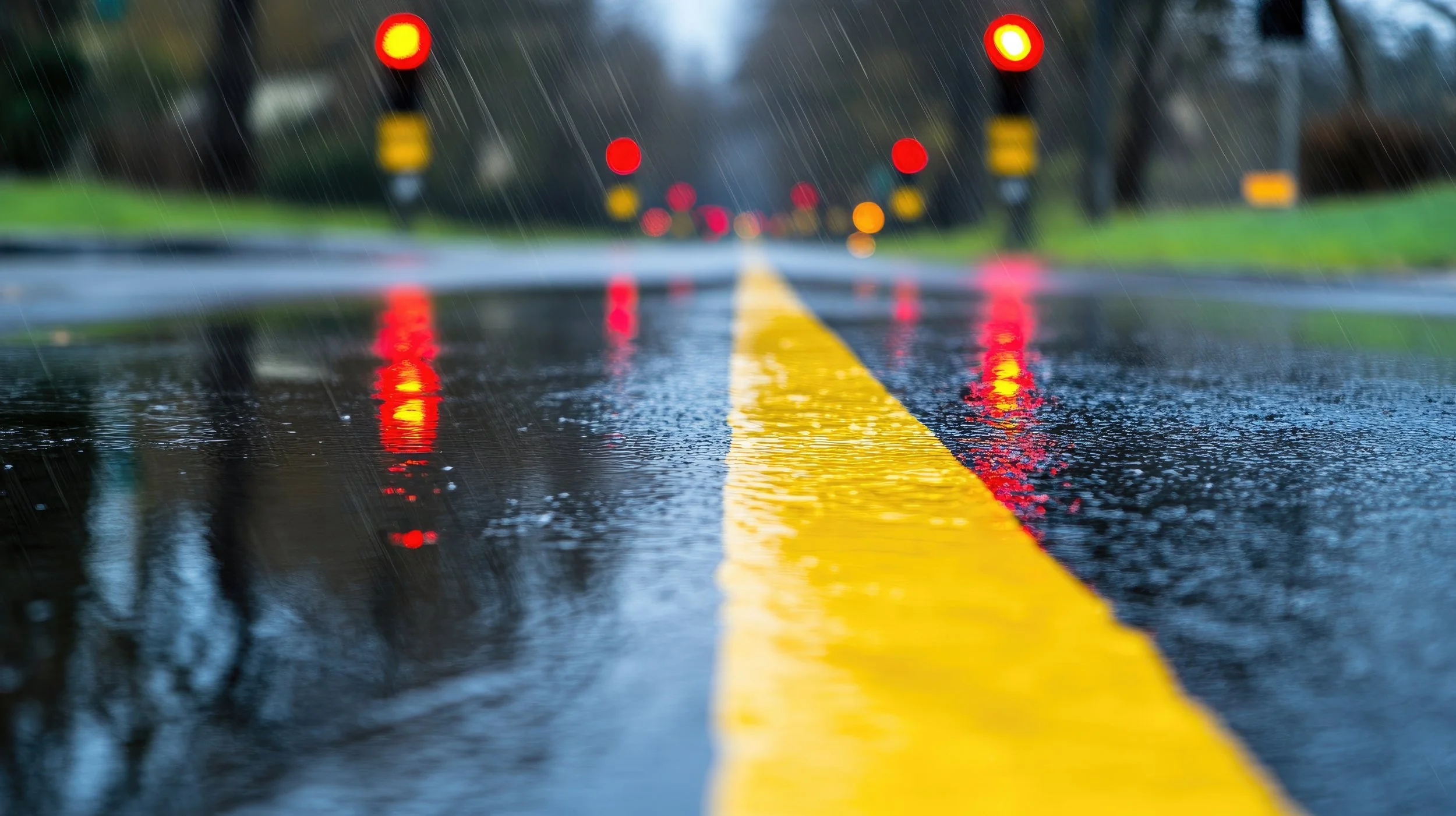One common concern with green infrastructure practices is their functionality in cold weather. However, studies have shown that green infrastructure continues to be effective for water quality treatment and peak flow reduction in cold weather. (United States Environmental Protection Agency webinar, Winter Weather O&M for Green Infrastructure)
Design and location of green infrastructure practices in colder climates need to account for harsh winter conditions. For example, salt tolerant plants should be considered during the design of green infrastructure practices because these facilities are often implemented near roads and sidewalks that are salted before and during snow events. Directing runoff to these facilities can reduce the volume of water that accumulates and freezes on impervious surfaces, which can reduce the need for road salt.
Rain gardens and permeable pavement areas should not be used as snow storage areas, as this can compact soils and decrease functionality. Sand should not be applied near these areas either, as this will clog the pores and reduce the infiltration capability. If properly designed and maintained, these facilities will continue to provide infiltration through the winter.
About the Author
Maureen A. Schneider
Project Engineer
Maureen is passionate about finding effective, efficient, and environmentally sustainable solutions to engineering problems. She has experience in the development of storm water management plans, stream restoration projects, regulatory permit processes, agricultural pollutant reduction program implementation, and other storm water quality improvement projects. Maureen has been with Ruekert & Mielke, Inc. since 2017.





